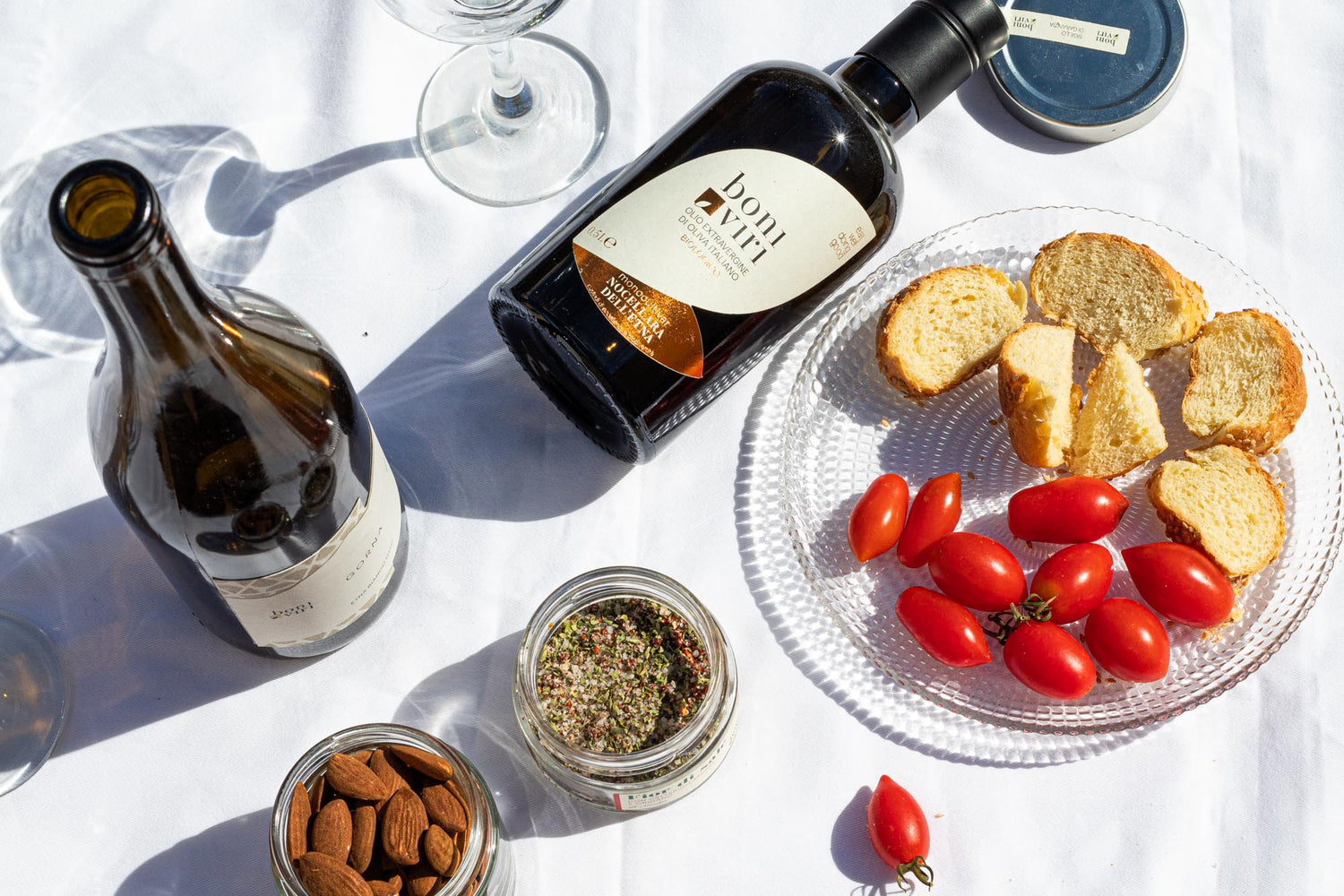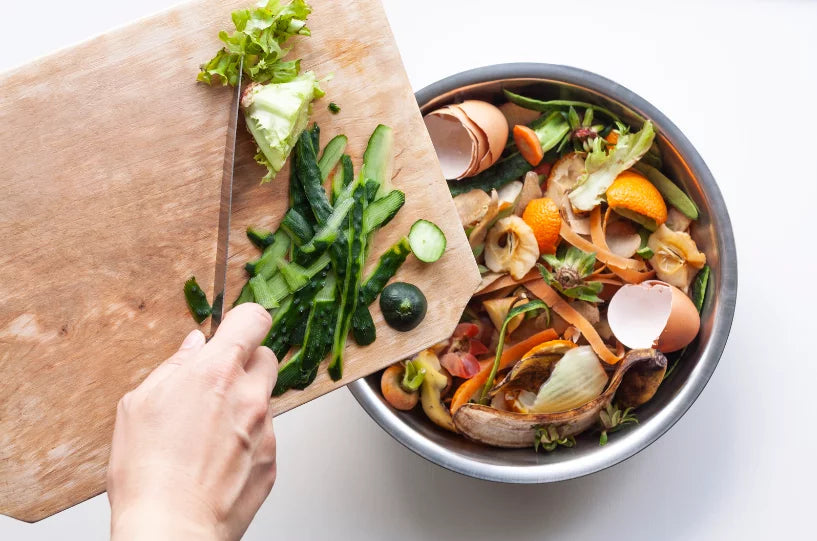Food waste has social and environmental implications. Every year, millions of tons of food are thrown away, while a significant portion of the population lives in conditions of food insecurity. It is estimated that if global food waste were a nation, it would be the third in the world in terms of CO₂ emissions. Climate change is both one of the consequences of CO₂ emissions from food waste and, paradoxically, one of the causes: the fluctuating trend of the climate has a negative impact on agricultural production, making it less resistant, especially summer crops in open fields. This leads to food waste that occurs along the entire supply chain from field to table.
To help break this cause-effect spiral, here are 7 actions that each of us can take to reduce food waste at home:
-
MAKE A SHOPPING LIST
Making a list of items to buy will help you reduce impulse buying and therefore food waste. Buying in bulk can be convenient but has been shown to lead to more food waste, and therefore also money for food that is not consumed. -
STORE FOOD PROPERLY
Much of the waste at home occurs due to deterioration that can be avoided with proper storage. To avoid this, organize your fridge and pantry based on expiration dates, so it will be easy to consume what has an upcoming expiration date first, giving priority to perishable foods. You can check the optimal storage conditions to ensure an adequate shelf life: did you know, for example, that potatoes, tomatoes, garlic, cucumbers and onions should not be refrigerated? And that some foods (such as bananas, tomatoes, peaches, pears, onions) produce ethylene that induces ripening and could cause premature deterioration of fruit and vegetables? -
USE SIGHT AND SMELL
While the expiration date is a guarantee of food safety, it is possible that recently expired or expiring foods are safe to eat. In addition to checking the date, use your sight and smell to inspect foods to see if they are still safe to eat. -
GIVE NEW LIFE TO SURPLUS
Drying, blending, canning and preserving are all strategies to make food last longer. Fresh fruit, the most wasted at home, is transformed into preserves (to enjoy it even when it is not in season) and blended, vegetable peels become chips and broths, stale bread becomes tasty again in breadings, soups and burgers. Freezing can also be a way: almost everything can be frozen, from aromatic herbs purchased fresh in large quantities, to broths, wine... -
EAT ALL THE PARTS
Before throwing away, try to think about whether the scrap you have in your hands can become the protagonist of your next dish. Almost all parts of vegetables can be consumed and if you don't consume them it's because perhaps you haven't yet found a way to make them delicious. Stems, stalks and leaves of vegetables can be blended, roasted to make them crunchy or used to prepare vegetable broth. Pumpkin seeds are excellent baked, with carrot leaves you can prepare an excellent pesto.
Household food waste increased from 2023 to 2024, reaching and exceeding 600 grams per capita per week (Waste Watcher, 2024). To reduce waste, it is important to think in terms of prevention, reflecting on spending and consumption habits. Planning meals and shopping is essential to prevent waste, yet according to the Waste Watcher survey, these actions are also the least implemented. With this list, we hope to have inspired action, so that each of us is aware of our own impact and takes action to contain it.




